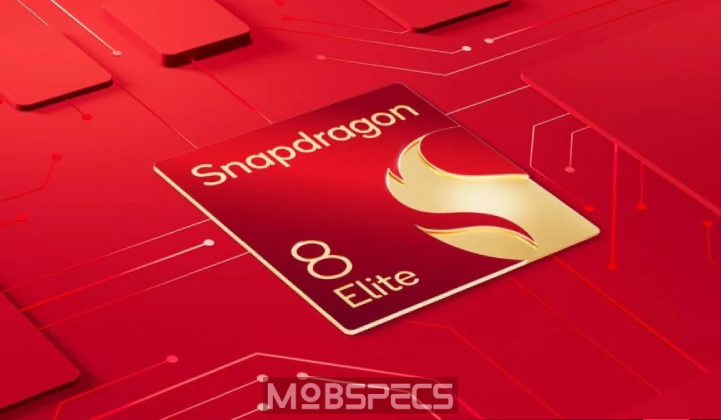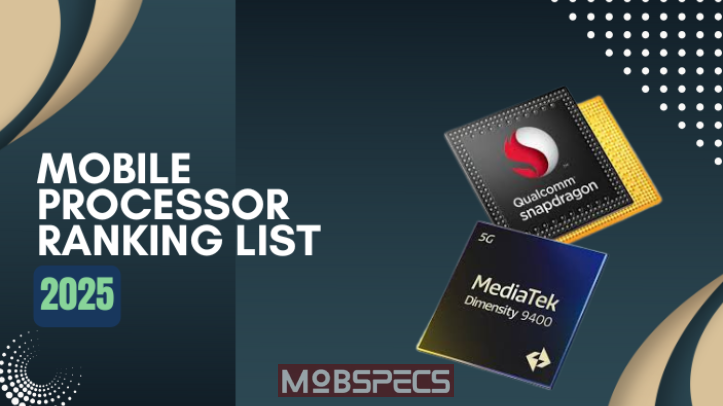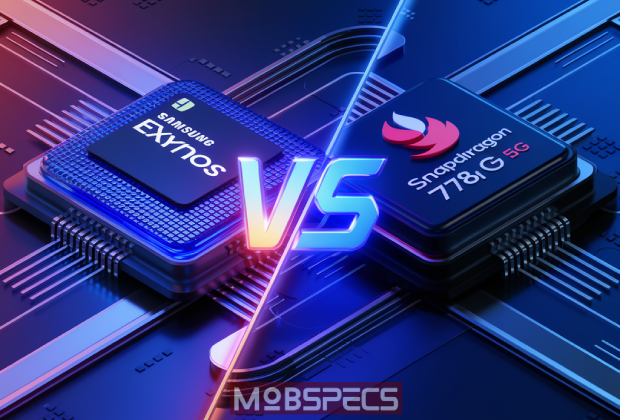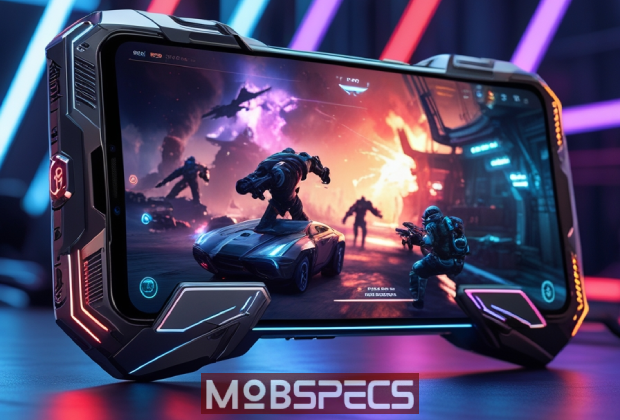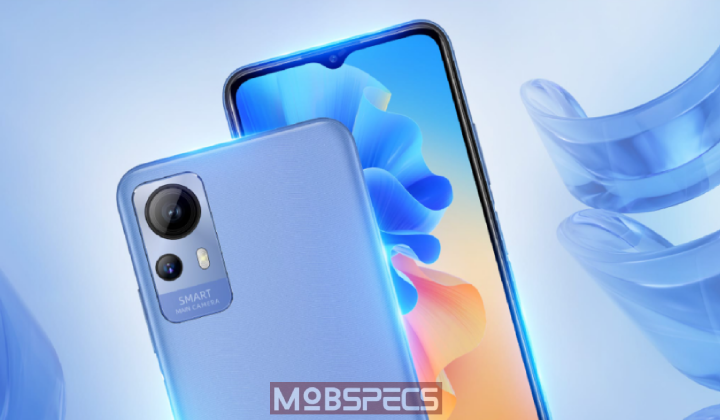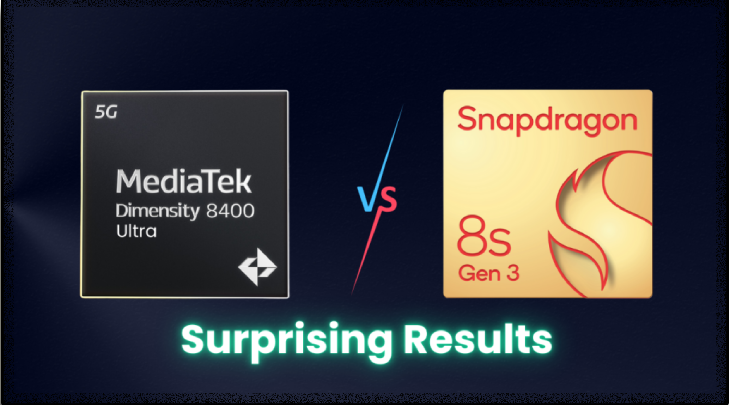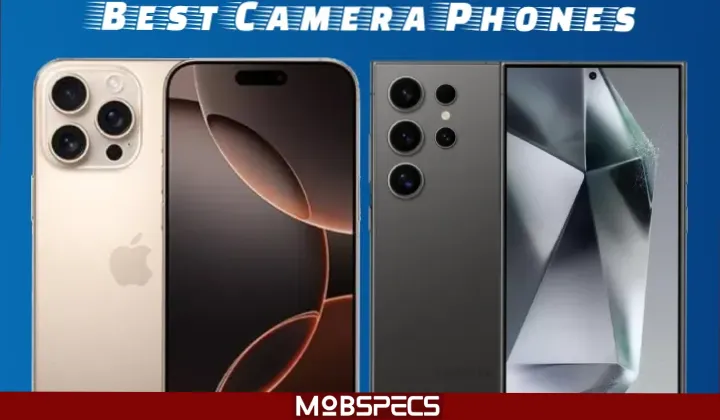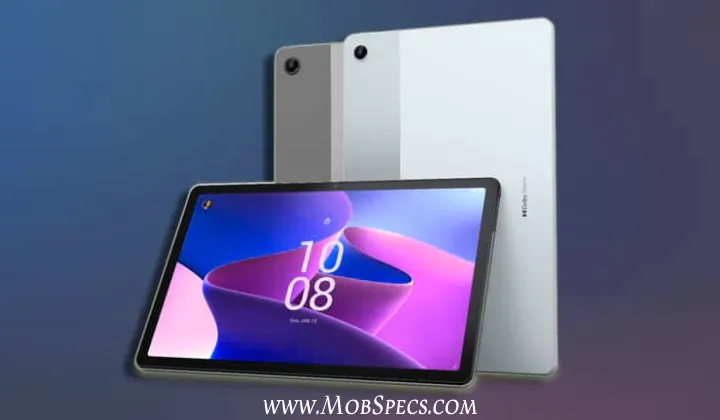Lenovo Launches a 5G Router with Dual SIMs and Wi-Fi 6 : Unleashes High-Speed Freedom
Lenovo Unveils Affordable and Sleek Xiaoxin 5G CPE Router, Bringing Next-Gen Connectivity to the Masses In the ever-evolving world of wireless technology, Lenovo is stepping up its game by introducing a compact yet powerful solution for modern connectivity needs. With the release of its Xiaoxin 5G CPE mobile router, the tech giant is offering consumers a chance to experience the power of 5G without the usual baggage—literally and financially. This new device, priced at just 629 yuan (approximately $86 USD), is now available for purchase through JD.com and represents Lenovo’s continued commitment to innovation, accessibility, and user-centric design. Breaking Boundaries with Lenovo’s Xiaoxin 5G CPE The Xiaoxin 5G CPE isn’t just another mobile router—it’s a strategic move by Lenovo to democratize access to high-speed 5G connectivity. By integrating cutting-edge features in a minimalistic, user-friendly package, Lenovo has crafted a device that’s equally suitable for tech-savvy professionals, remote workers, students, and even households looking to future-proof their home networks. At the heart of this mobile router is a promise to remove barriers typically associated with adopting 5G technology. The Xiaoxin 5G CPE addresses common concerns such as cost, bulkiness, and complexity by combining performance, simplicity, and affordability into a single product. Whether you’re looking to ditch your wired broadband setup or want a reliable secondary connection, this router could be the game-changer you’ve been waiting for. Powering Performance with Unisoc V510 Chip Under the hood, the Xiaoxin 5G CPE router is powered by the Unisoc V510 chip, a robust 6nm baseband processor engineered for both power efficiency and high performance. Built on a smaller nanometer architecture, this chip not only enhances speed but also reduces power consumption—two features critical for mobile devices and always-on connectivity. Thanks to this advanced processor, users can expect download speeds of up to 2Gbps and upload speeds approaching 900Mbps, although real-world speeds will naturally vary depending on the surrounding network environment. The inclusion of 5G support means users can stream high-definition content, participate in video conferences, or download large files seamlessly and without buffering. For times when 5G isn’t available, the router smartly falls back on reliable 4G networks, ensuring uninterrupted internet access. Triple SIM Flexibility for Maximum Network Reach One of the standout features of the Lenovo Xiaoxin 5G CPE is its triple-SIM capability. The device comes with two pre-installed 5G SIMs—compatible with China Mobile and China Unicom—and an additional SIM slot that supports a wide range of carriers, including China Telecom. This three-in-one setup provides users with the flexibility to switch carriers easily or use multiple networks simultaneously for better coverage and stability. This level of compatibility means the Xiaoxin router is ready to work out of the box for a majority of users in China. It also makes the device a compelling option for international travelers or businesses that need to maintain internet connectivity across different service providers. Reliable Wired and Wireless Connectivity Options Although wireless connectivity is the main selling point, Lenovo hasn’t overlooked users who still rely on wired connections. The Xiaoxin 5G CPE is equipped with a gigabit Ethernet port, allowing it to connect directly to broadband networks or to be used as part of a larger wired home or office network. This ensures flexibility for various setups—whether you’re using it as your primary router, a backup internet solution, or as part of a smart home ecosystem. On the wireless front, the router offers dual-band Wi-Fi capabilities across 2.4GHz and 5GHz frequencies. The 2.4GHz band supports the newer Wi-Fi 6 (802.11ax) standard, known for better performance in crowded areas and improved battery life for connected devices. Meanwhile, the 5GHz band leverages 802.11ac technology and supports advanced features like OFDMA (Orthogonal Frequency Division Multiple Access) and 2×2 MIMO (Multiple Input, Multiple Output), which allow multiple devices to connect simultaneously without compromising speed or stability. The router also uses 80MHz channel bandwidth on the 5GHz band, further enhancing its ability to handle high data loads. Designed to Handle a Smart Home Ecosystem In terms of hardware capabilities, the Xiaoxin 5G CPE packs 512MB of RAM—a seemingly modest figure, but more than sufficient for its purpose. Lenovo claims the device can support up to 24 connected devices at once without suffering from performance degradation. This makes it ideal for today’s connected households, where smartphones, laptops, smart TVs, speakers, game consoles, tablets, printers, and other IoT devices all require a stable internet connection. Whether you’re a content creator uploading videos, a student attending virtual classes, or a gamer streaming live sessions, the Xiaoxin 5G CPE has the muscle to keep you connected smoothly and reliably. Sleek, Minimalist Aesthetic Meets Practical Design Beyond its technical prowess, Lenovo’s Xiaoxin 5G CPE router is a visual standout. Its vertical, fanless design sports a clean, modern look finished in a soft “Sakura White” tone. This design isn’t just about aesthetics—it’s functional too. The absence of a cooling fan means quieter operation, which is especially appreciated in home or office settings where noise pollution can be distracting. To keep the device cool, Lenovo has implemented an internal aluminum heatsink system that dissipates heat effectively without the need for moving parts. This kind of passive cooling design enhances longevity and reduces the risk of mechanical failure. Additionally, Lenovo has subjected the router to rigorous testing, including over 15,000 hours of continuous operation and numerous drop tests, to ensure it can handle the demands of real-world usage. Fortified with Advanced Security Features In an age where cybersecurity is paramount, Lenovo has integrated several layers of protection into the Xiaoxin 5G CPE. The router includes a built-in encryption chip designed to safeguard data and maintain secure communications. Furthermore, it supports a comprehensive firewall setup and anti-hijack mechanisms to prevent unauthorized access and hacking attempts. End-to-end encryption ensures that all data transmissions remain confidential, a crucial feature for businesses, remote workers, and families concerned about their digital privacy. These features collectively ensure peace of mind, knowing your devices and personal information are protected against modern threats. A Glimpse into Lenovo’s Expanding Ecosystem

